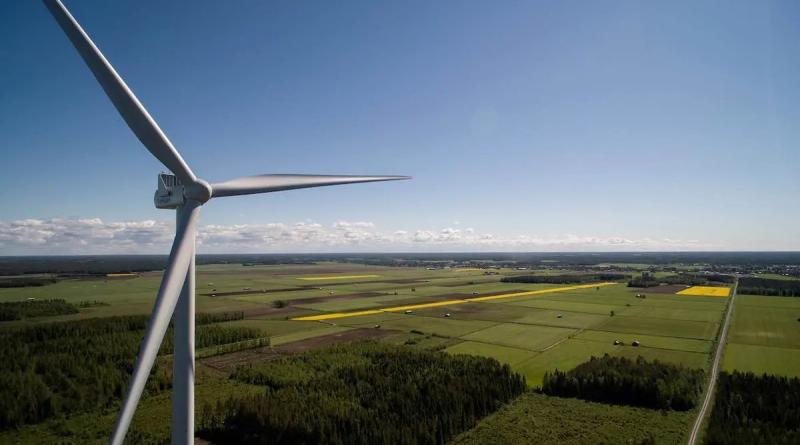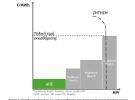“This is nuts:” European power prices go negative as springtime renewables soar

Balmy springtime weather across Europe and growing renewable energy capacity has led to multiple days of negative wholesale power prices across the continent, highlighting the need for increased energy storage capacity.
A number of factors have led to consistent negative wholesale power prices across Europe over the last few weeks.
Energy analyst Gerard Reid has been highlighting these trends stemming not only from increased renewables and favourable weather conditions, but also the impediment to stable generation levels caused by nuclear power.
For example, according to Reid, Denmark “consistently meets 85% of its weekly energy needs from renewables. However, on particularly windy days … Denmark’s strong interconnections with neighbouring countries enable it to export up to 50% of excess power.
“This demonstrates the benefits of interconnection, but it also reveals the limitations when considering the current situation of excess power across Europe.“Countries like Spain, France, the Netherlands, Germany, Denmark, and Sweden are experiencing zero or negative prices due to surplus production as they have reached the limit of what they can use or even export.”
Reid followed this up a week later, explaining that wholesale power prices dropping to zero or negative in the Nordics “stems from substantial snow melt in Norway, Sweden, and Finland, fuelling hydro turbines and generating large amounts of electricity.”
MetDesk meteorologist Theo Gkousarov concurred, explaining how the recent weather conditions have led to negative prices.
“An area of high pressure dominating across much of central and north-west Europe” resulted in ‘lots of solar power generation across the area,” he said.
Similarly, in Finland, “an oversupply of hydroelectric power” resulted from “excessive springtime meltwater”.
But it is not just the weather that is delivering abundant renewables, while also making life difficult for network operators.
“Additionally, the inflexibility of nuclear power exacerbates the situation, as it’s difficult to adjust its output,” explained Reid.
“Furthermore, the region witnessed the addition of new generation capacity last year, including 5 GW of wind power and the Olkiluoto 3 nuclear reactor in Finland, boasting a capacity of 1.6 GW.
“Simultaneously, weak power demand in the Nordics, primarily due to Sweden’s weak economic environment, compounds the issue of oversupply. Consequently, the least flexible generators, such as run-of-the-river hydro and nuclear plants, incur costs to offload excess power.”
Reid and Gkousarov both highlighted the recent price volatility of wholesale power prices across Europe that has been seen over the last 10 days.
Over the weekend in Europe, negative wholesale prices hit across a huge portion of Europe, with prices rising from negative by on average EUR100 per MWh when the sun set.
On Sunday, power prices in the Netherlands were expected to hit negative EUR235/MWh, while prices in Germany at lunchtime hit -EUR129/MWh.
As Reid put it: “This is nuts.”
The problem is that companies are having to pay to offload excess electricity generated due to the inflexibility in the systems.
And while long-term solutions, according to Reid, include “building more pumped hydro storage … upgrading existing hydro facilities … increasing flexible demand … building out grid infrastructure,” the immediate solution is short-term batteries.
“Batteries are destined to become integral components of our power systems in the future,” said Reid.
“The pressing question is whether traditional power generators can act swiftly enough to avoid losses from generating and selling electricity below their operating costs.”




